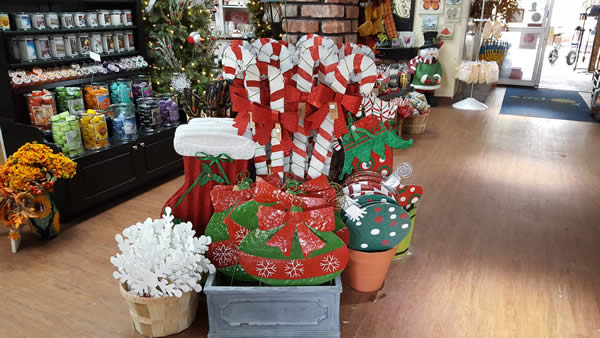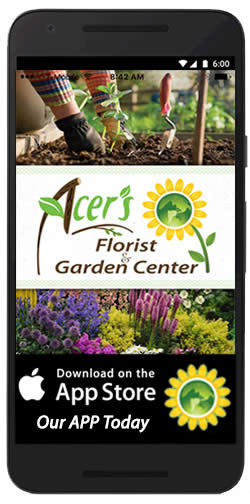
Some Fun Thanksgiving Facts for You:
- The Pilgrims' first Thanksgiving feast, in 1621, lasted three days.
- On October 3, 1863 Abraham Lincoln issued a "Thanksgiving Proclamation" that made the last Thursday in November a national holiday.
- In 1939, President Franklin D. Roosevelt changed Thanksgiving to the third Thursday in November, in order to make the Christmas shopping season longer and thus stimulate the economy. Two years later, he changed it to the fourth Thursday.
- In 1941, Thanksgiving was finally sanctioned by Congress as a legal holiday, on the fourth Thursday in November.
- There were no mashed potatoes at the first Thanksgiving dinner--potatoes were brought here later, by Irish immigrants.
- Turkeys were one of the first animals in the Americas to be domesticated.
- Benjamin Franklin thought the turkey a noble bird and wanted it to be the national bird of America, rather than the eagle!
- Native Americans used the red juice of the cranberry to dye rugs and blankets.
- Thanksgiving in Canada is celebrated on the second Monday in October.
- The pilgrims didn't use forks; they used spoons, knives and their fingers, so if anyone objects to your picking up that drumstick--tell them you are simply practicing traditional American table manners!
Click to print this article.

Decorating the house with fresh greenery is one of the oldest winter holiday traditions. People have been decorating with greenery since the 1800s, with some homes elaborately decorated with garlands of holly, ivy, mountain laurel and mistletoe hung from the roof. Other homes went a simpler route, with greenery and boughs in the window frames and holly sprigs stuck to the glass with wax.
Today, decorating for the holidays with fresh greenery is more prevalent than ever. Greens such as cedar, ivy, pine, and holly add a fresh look and natural scent to our homes, and are good to use since they dry out slowly and hold their needles well. Hemlock, spruce, and most broadleaf evergreens can also be used, but will last longer if used outdoors.
In addition to using greenery in traditional methods such as wreaths, garlands and table centerpieces, you can also create beautiful arrangements in window boxes, pottery or vases. The key is to either immerse the cut ends in water before arranging or place them in an oasis inside the container, which you can keep moist.
Besides the more commonly used evergreens, consider using other plant parts such as acorns, berries, dried flowers, cones, seed pods and branches of dormant plants such as pussy willow or forsythia to give added color and texture interest. You can even incorporate fruits such as lemons, limes, apples, pears, kumquats and pineapple.
It's important to decorate safely during the holidays. Dried evergreens can become flammable when in contact with a heat source such as a candle flame, space heaters, heater vents or sunny windows. If you use lights near your green arrangements, just make sure that they stay cool and, if outside, that they are rated for exterior use.
Nothing can beat the look of real leafy greens scattered around the house and in arrangements. It's hard to beat the aroma of real needle evergreens decorating your house in the winter months. You can find all kinds of fresh greenery here, so come on in and join us in celebrating the holidays.
Click to print this article.

- Cover strawberry beds with 2" of straw (not hay). This will protect the plants from cold and winds, control weeds and warm the soil earlier in the spring.
- Clean up all fallen leaves from blueberry beds, then add a 2" thick layer of pine needles, straw or pine bark mulch around the plants. This will insulate the roots during the winter.
- Sharpen, clean and repair all hand tools before storing them.
- If rainfall has been light, deeply water all trees and shrubs before the ground freezes.
- Protect any half-hardy shrubs by surrounding them with a wire cage and cover them with a thick layer of dry leaves.
- Wrap the trunks of young trees to protect their tender bark from frost injury.
- If you haven't already, cut grass low to prevent mold from forming under snow cover.
- After the ground freezes, cover perennials with mulch; this will prevent frost-thaw cycles from heaving them out of the ground.
- Turn the compost pile and add water if it feels dry.
- Prune roses back to 8"-12" tall, mound compost around the bud union and cover with a rose cone.
- If you are planning to plant a live Christmas tree, dig the hole now before the ground freezes.
- Continue raking and shredding leaves to add to the compost pile.
- Mulch plants you want to overwinter with a thick layer of straw.
- Last chance to plant spring-blooming bulbs such as daffodils and tulips.
- If you didn't do it last month, cut back perennials, clean all beds of leaves and weeds and edge your lawn.
- Don't feed your houseplants through the winter, but give them as much light as possible.
- Clean the foliage of houseplants that will tolerate it (those with smooth, un-fuzzy leaves). Wash both sides. This removes the dust, which allows them to breathe better; it also gives you a great opportunity to check for insects.
- Make sure you allow your houseplants to dry out between waterings; they do not use as much water in winter as they do in the spring.
Click to print this article.
*/ ?>

















